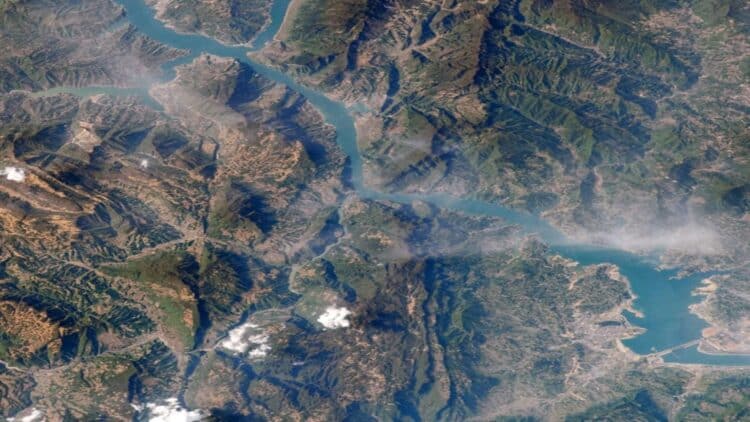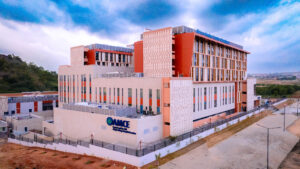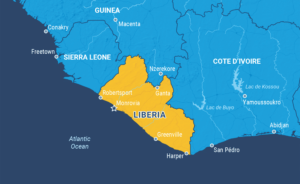11,000,000,000 kWh at the height of the Eiffel Tower — China turns off solar and wind power in the world

With a twist of events, the production and deployment of the world by China will be nothing short of a big wake-up call to the renewable energy experts. The huge venture yields an unbelievable 11 billion kWh each year, and this will certainly be higher than what solar and wind energies yield in entire nations. Hydropower is also a strong contention on the side of China, and not surprisingly, their plant is being built at the same level as the Eiffel Tower.
This is how China built the world’s most powerful hydroelectric plant at Eiffel Tower altitude
The new hydroelectric dam towers above the high-altitude Tibetan plateau, over 300 meters tall—approximately the same height as the Eiffel Tower. It’s less a wonder of engineering than a geopolitical expression of strength. The dam will generate 11 billion kilowatt-hours of electricity annually, enough electricity to power entire provinces.
Its power output is equivalent to or more than several of the previous coal and oil-burning power stations. Hundreds of engineers and thousands of workers, day and night, in hostile altitude and temperature conditions, worked to build the plant. Altitude, which presented a problem, also presented opportunities to tap higher water pressure for more efficient turbines. “This project is a milestone,” one of the senior engineers who worked on its plan said.
Why China is dialing down wind and solar after this historic hydro breakthrough
Unlike wind and solar energy, hydroelectric energy is not weather and time-sensitive. China can decommission part of the less efficient solar panels and windmills, in particular in the lower efficiency regions. Even as the renewables market of the world was reeling under the impact of the news, Chinese authorities are pointing out that it is more of a rebalancing act and not an attempt to sideline solar and wind.
It plays a major role in the bulk production of Hydropower. There is no limit to baseload power generation, and hydropower is ready to provide it without any backup reserve power from scattered sources such as wind and sun. A national grid must at all times be balanced and can be scheduled and stored depending on the requirements.
These extreme technical and environmental factors made the project almost impossible
It was not a simple task to construct this factory on this elevation. The engineers battled their way against hostile weather, mountain cliffside, and machine and worker low-oxygen levels. The logistics were incredible, like temporary cities, emergency medic bases, and helicopters to shuttle material where trucks couldn’t drive.
The second major problem was the protection of the environment. In order to build responsibly, China employed new ways of protecting the environment, like fish migration lines and soil renovation schemes. It aimed to build a factory without affecting the fragile ecosystem of mountainous nations.
Eligibility criteria: If your country has these features, it could build similar hydro projects
China has been successful in hydro power unseen. Firstly, the country needs to be on the banks of rivers that run or highlands with sufficient water pressure that they could have sufficient power. Any hydroelectric power plant could never have this power without them. Solar or wind would suit the countries that have great plains or deserts, such as Argentina.
It demands humongous capital and will need a billion dollars worth of plant and equipment. Only governments that had massive infrastructure budgets were able to finance any such venture.
There must be environmental and cultural sensitivity. When the Chinese model becomes a success, then it is worth emulating, e.g., producing energy through sustainable and environmentally friendly ways, being responsive to its citizens. Marvelous plans, thus so carefully prepared, have the potential to be in the category of long-term societal or environmental influence.









